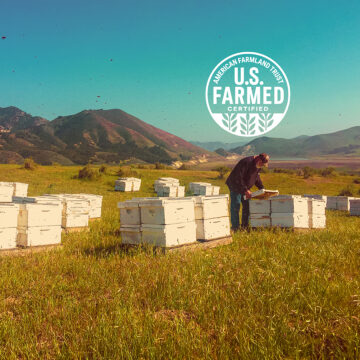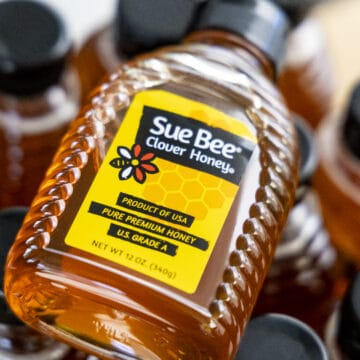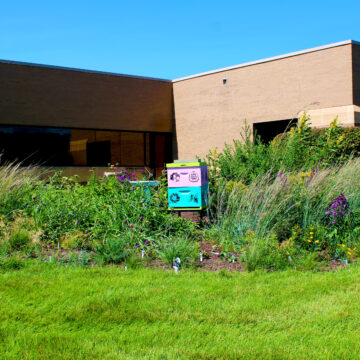A Precious Gem
Crystallized honey is not only OK, it’s preferred by many foodies
CRYSTALLIZED HONEY IS STILL GOOD. IN FACT, SOME PREFER CRYSTALLIZED HONEY. IT’S DELICIOUS, AND IT IS JUST AS NATURAL AS LIQUID HONEY.
Sorry for yelling. We wanted to put that up-front-and-center, so we’re all clear: Crystallized honey is good honey. And perhaps most important, still valuable. How valuable?
According to Sotheby’s, the most valuable crystal in the world is the “Pink Star,” a flawless 60-carat diamond that sold at auction for $71.2 million in 2017.
With all due respect to Southby’s, that’s not even close to being the most valuable crystallized structure in the world. Just ask our 200+ beekeeper members of the Sioux Honey® Co-op, they’ll tell you: It’s honey.
Wait, honey is a liquid, right? Most of the time, yes. But if you’re a honey lover, you’ve likely come across crystallized honey. And hopefully, you haven’t thrown it out. Because as we so loudly put it above, crystallized honey – so gorgeously granular, with an almost-chewy consistency – is still edible, and it’s still delicious. Very delicious.
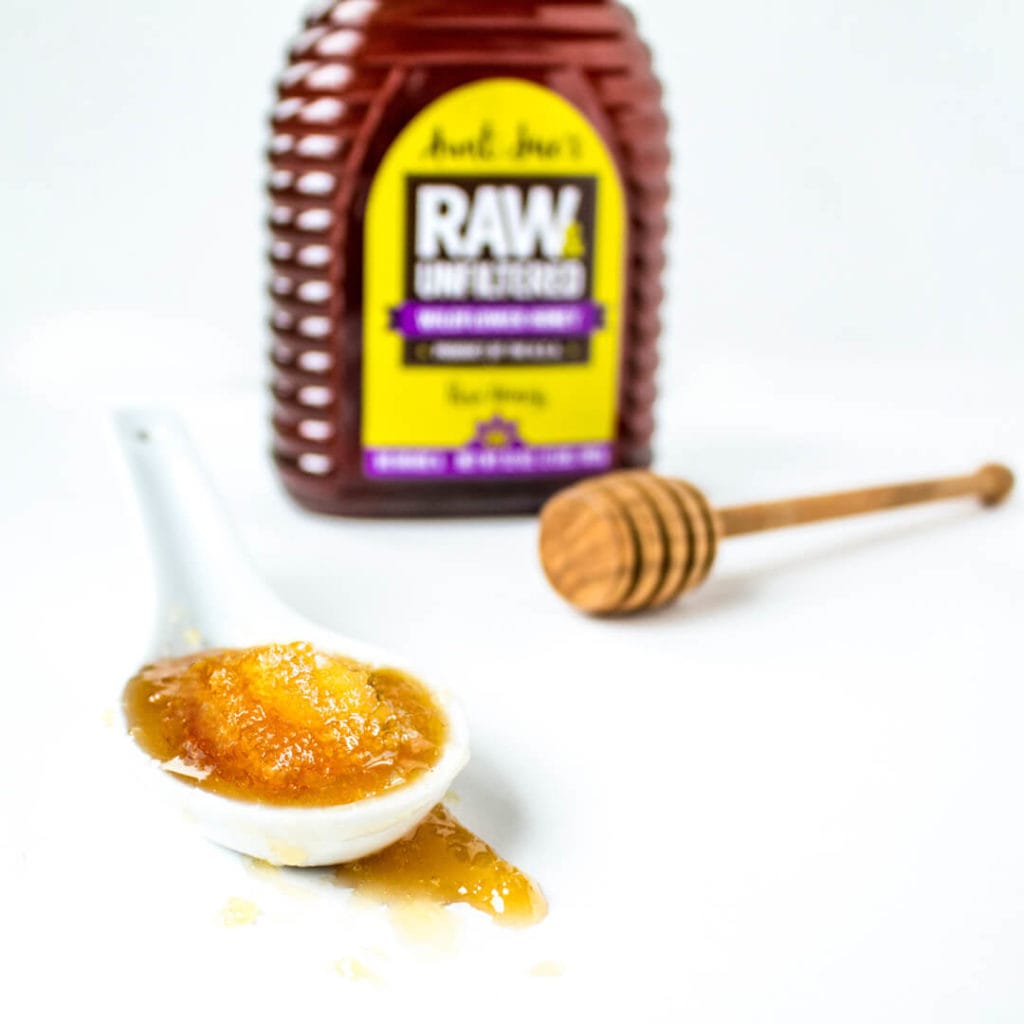
Living the shelf life
As you might know, honey’s shelf life is … well, forever. Kind of like diamonds. In fact, crystallized honey is actually a sign that the honey is a good, quality honey. Inferior honey doesn’t crystallize as easily.
All you have to do is read a few articles about honey and you’ll probably come across a reference to honey being found in Egypt’s Great Pyramids. It’s often quoted that honey was found in King Tut’s tomb, and it was still good!
That’s true.
According to National Geographic, archaeologists found pots of crystallized honey in ancient tombs that date back 3,000 years. It’s the world’s oldest sample, and still perfectly edible.
“Ancient Egyptians used honey for a multitude of purposes including as a sweetener, a gift for the gods,” says National Geographic.
“Thanks to Egyptian drawings depicting ancient beekeeping, we’ve long known that humans have worked with bees for thousands of years but we didn’t know just how far back our relationship with bees went – until now.”
Scientists say humans have been using bee products – honey, wax, etc. – for at least 9,000 years. Researchers from the University of Bristol have found evidence of early farmers using beeswax as far back as the Stone Age. The Stone Age!
But how? Several reasons, including honey’s acidity, its lack of water and the presence of hydrogen peroxide, which all work in perfect harmony, allowing the sticky treat to last forever.
“Now we know that beeswax was used continuously from the seventh millennium BCE, probably as an integral part in different tools, in rituals, cosmetics, medicine, as a fuel or to make receptacles waterproof,” researcher Alfonso Alday told National Geographic.
Do you still think crystallized honey has gone bad? Oh, we see, you’re one of those science types. You want to know why and how honey crystallizes.
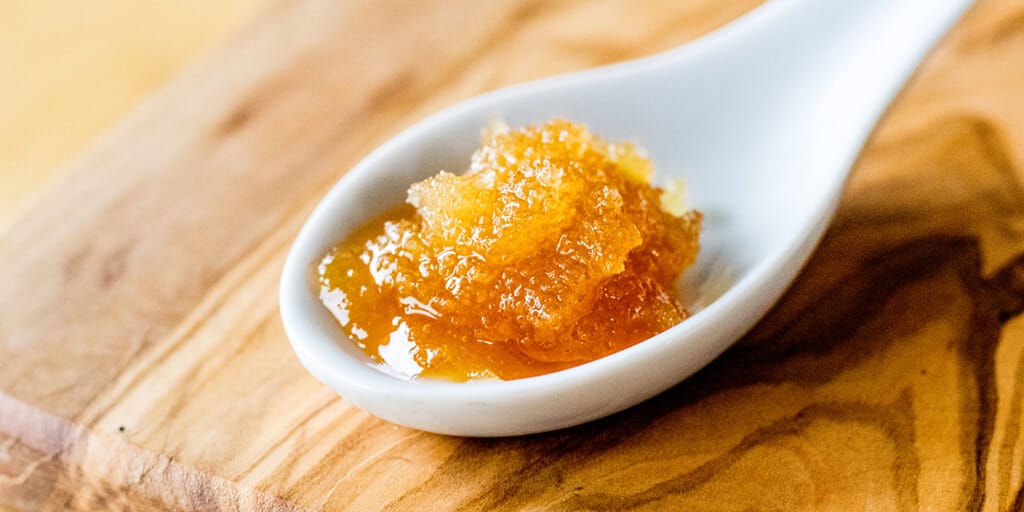
The ‘how’ behind crystallized honey
Honey is made up of 70% to 80% monosaccharides like glucose and fructose and only about 20% water. In other words, honey is a natural sugar.
“Sugars are hygroscopic, a term that means they contain very little water in their natural state but can readily suck in moisture if left unsealed,” says a Smithsonian Magazine article exploring the science of honey.
Honey expert Amina Harris told Smithsonian that “honey in its natural form is very low moisture. Very few bacteria or microorganisms can survive in an environment like that, they just die. They’re smothered by it, essentially.”
Harris’ comment represents “an important feature of honey’s longevity: for honey to spoil, there needs to be something inside of it that can spoil. With such an inhospitable environment, organisms can’t survive long enough within the jar of honey to have the chance to spoil,” Smithsonian says.
But wait, isn’t nectar – that flower-power that honeybees collect to make honey – almost all water? Almost. Nectar is about 60% to 80% water, but by the time bees get done with it, almost all of the water is removed during the honey-making process. (Flapping their wings dries out the nectar.) Additionally, special enzymes in their stomachs help the drying process. By the time the bees place the honey into a honeycomb cell, most of the water has been removed.
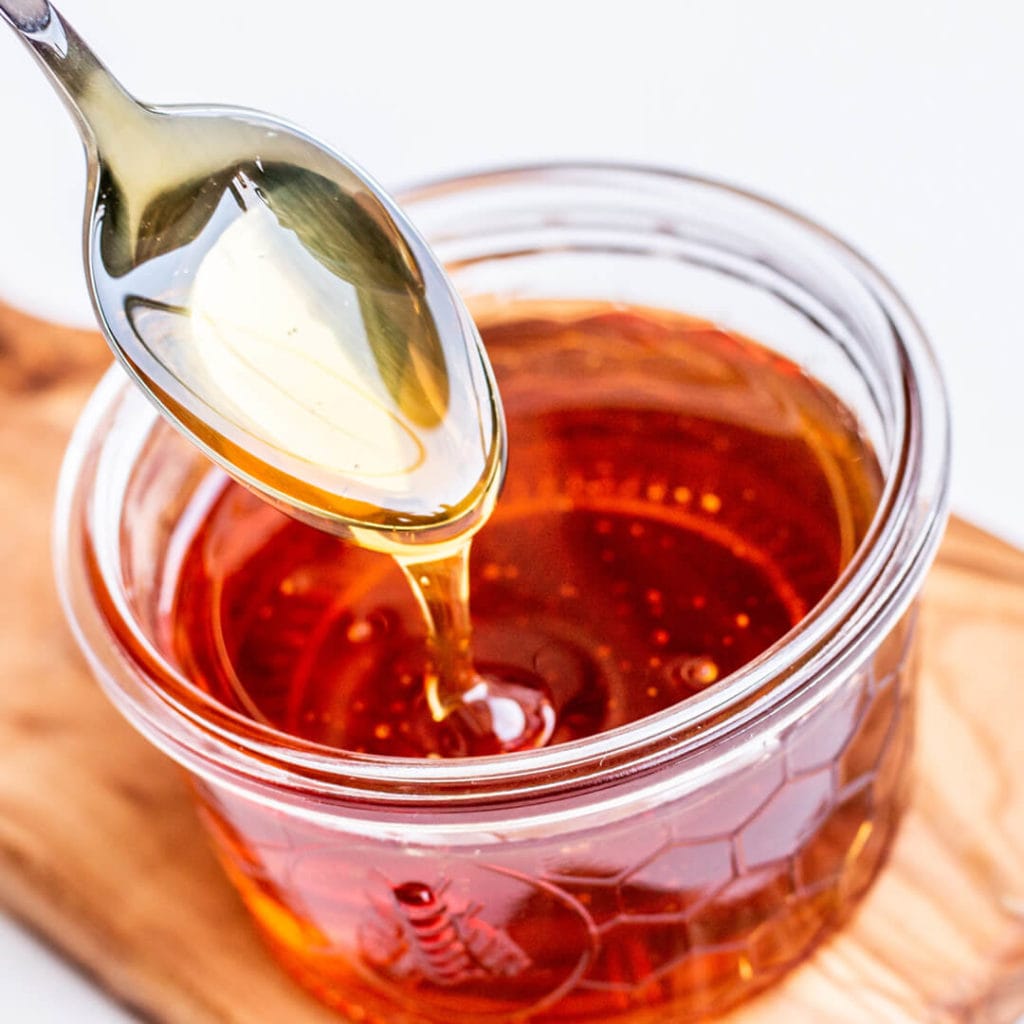
Ready to enjoy crystallized honey?
Foodies will tell you, “Crystallized honey is amazing! Especially spread on toast, biscuits or just scooped right out of the container.”
So, how do you get crystallized honey? It starts with a quality honey like Sue Bee® honey or Aunt Sue’s® Raw & Unfiltered honey. Authentic, American honey can have microscopic pollen particles still in it, even if it has been strained to remove hive debris, plant particles and other unwanted elements. It only takes a small particle – pollen, typically – for crystals in honey to build upon. That’s why crystallized honey is a sign that the honey hasn’t been diluted or adulterated in any way.
As we mentioned above, honey is made up of much more glucose and fructose than water, so when the sugar molecules separate from the water, they begin to crystallize. Once one tiny crystal has formed, more crystals begin to build off it.
Honey will crystallize in the hive if the temperature dips below 50 degrees. Likewise, honey will crystallize in a container if it is stored in a panty with cool temps, or if it is kept in a cool place, like a cellar or a garage in the winter.
You can speed up the crystallization process by taking the lid off the container of honey and putting it in the refrigerator. If you already have some crystallized honey and you want to make more, try adding a spoonful of crystallized honey to a container of liquid honey and then placing it lidless in the refrigerator. The crystals will build upon existing crystals and crystallize faster that way.
That’s all dandy, but I prefer my honey syrupy, thank you
That’s how most people enjoy honey. And if golden, liquid form is how you like it, then it’s easy to keep your honey in that state. For one, storing your honey in a warmer place will slow crystallization. But if it still crystallizes, you can easily turn it back into liquid form by heating it up.
The best way to do that is to set your container of crystallized honey into a pan with warm water. Microwaving can overheat the honey and might not heat it evenly, so a bowl of warm water is best.
And if you want to get creative with your crystallized honey, you could even make creamed honey with it. Try our savory recipe for creamed honey using Sue Bee® honey or Aunt Sue’s® Raw & Unfiltered honey that has crystallized. If you try it, let us know how it turned out!

